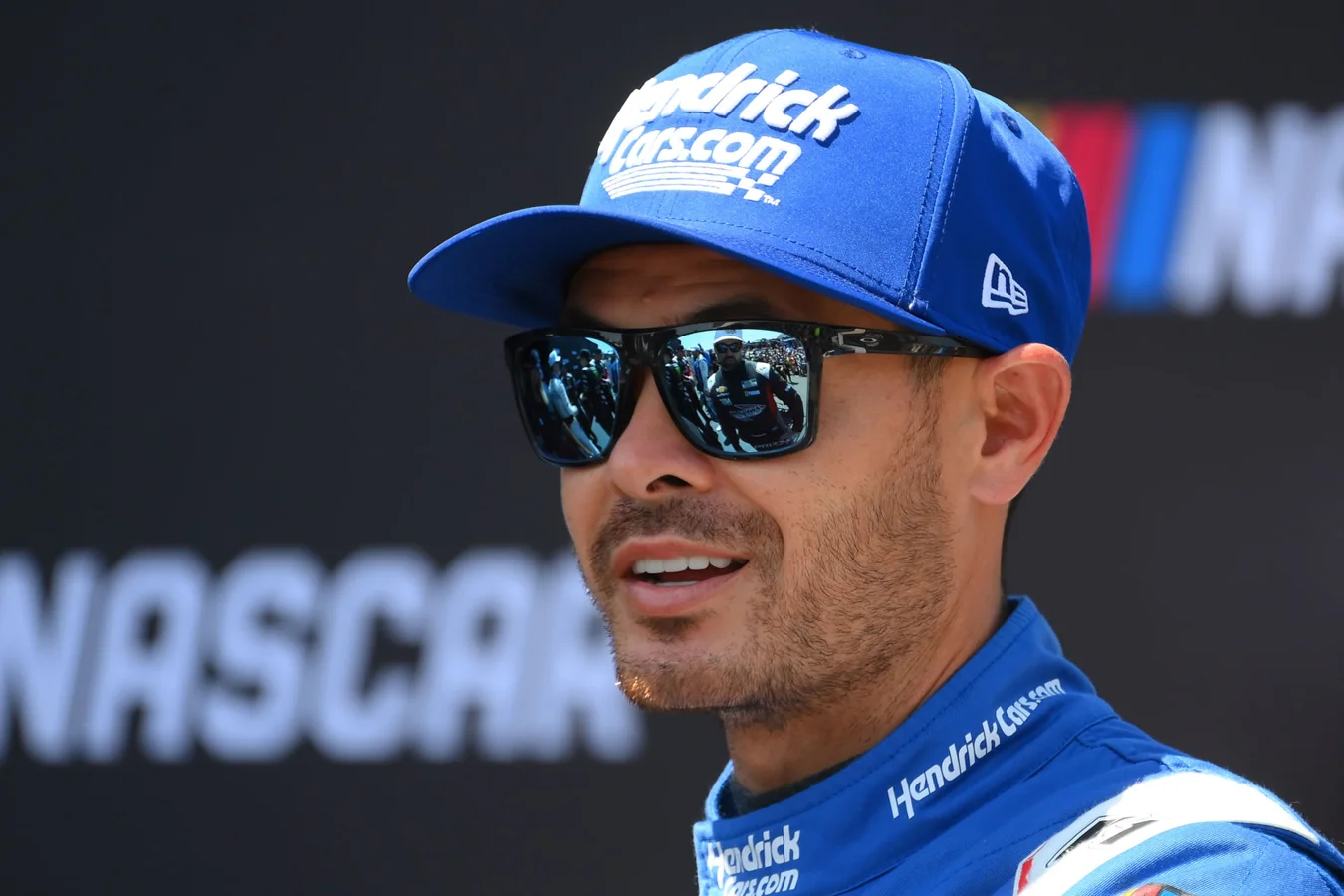Kyle Larson FloRacing streaming reaction has drawn attention as the racing star voices support for FloRacing, a grassroots streaming platform valued at $200 million, which is quickly altering the sports media landscape. As FloRacing challenges traditional broadcasters like ESPN, Fox, and Warner Bros., Larson’s endorsement reflects a larger shift in how fans consume niche sports content.
FloRacing Disrupts Traditional Sports Broadcasting
The emergence of FloRacing as a key competitor comes at a time when giants such as ESPN and Fox are joining forces with Warner Bros. Discovery to launch their joint streaming venture, seeking to protect their hold on the sports market. In contrast, FloRacing stands out by offering dedicated coverage to overlooked sports, attracting viewers who feel neglected by mainstream outlets and helping its parent company, FloSports, maintain profitability amid many struggling cable-based entities.
FloSports extends its reach beyond grassroots racing to include events in track and field, wrestling, gymnastics, and other specialized athletic competitions. This diverse programming serves a passionate audience and provides a platform for sports typically underserved by the bigger networks.
Kyle Larson Responds to FloRacing’s Success
Kyle Larson recently amplified his support for FloRacing’s rapid growth by sharing a Fast Company feature on its new $200 million valuation, further highlighting the grassroots channel’s relevance in today’s evolving sports media environment. With his nod, the Hendrick Motorsports driver joined a growing wave of sports enthusiasts recognizing the increased value provided by platforms that focus on community-driven competition and variety in event broadcasting.
Larson’s Strong NASCAR Season Highlights
Off the track, Larson continues to make headlines in the 2025 NASCAR Cup Series. Competing for Hendrick Motorsports, he opened the year ranked 20th following the Daytona 500, but quickly rebounded, capturing wins at Homestead, Bristol, and Kansas. These results lifted his overall Cup Series victories to 32, marking another consistent and impressive campaign.
Over the course of the current season, Larson has racked up three wins, secured 11 top-five and 14 top-ten finishes, and led an impressive 873 laps, with an average finish position of just over 14.5. His performance keeps him firmly among the top competitors as the series progresses.
Eyes on the Regular Season Championship in NASCAR
As the NASCAR regular season nears its close, Larson sits in fifth place, slightly behind his Hendrick Motorsports teammates Chase Elliott and William Byron by 43 and 85 points respectively. The pressure builds heading into the Watkins Glen event, as every race outcome can significantly shift the standings. Larson recently conveyed his mindset as the season reaches its crucial moments:
“Some good finishes, good stage points, these next few weeks will be really important. We’re definitely not out of it. I think you’ve seen big swings kind of happen in points for Next Gen racing, which is how crazy the races get. Watkins Glen has been a track that we were good at, the previous two years before last year. Richmond’s kind of a hit or miss track for us and then Daytona, anything can happen,” —Kyle Larson, NASCAR Driver
The #5 team has faced hurdles, particularly during a challenging stretch in the middle of the season, but Larson remains confident in their trajectory and ability to deliver strong results as the competition intensifies.
Grassroots Streaming’s Impact on Sports and Larson’s Role
FloRacing’s ascent and Kyle Larson’s vocal support signal a turning point in sports broadcasting, as fans and athletes seek alternatives to traditional cable and mainstream sports channels. With cable giants seeking to fortify their dominance, platforms like FloSports cater directly to dedicated followers of grassroots and niche events, potentially reshaping how sports are presented and watched. As Larson pursues a potential regular season championship, his connection with emerging media reflects the changing expectations of modern sports audiences and suggests wider changes ahead for the industry.
